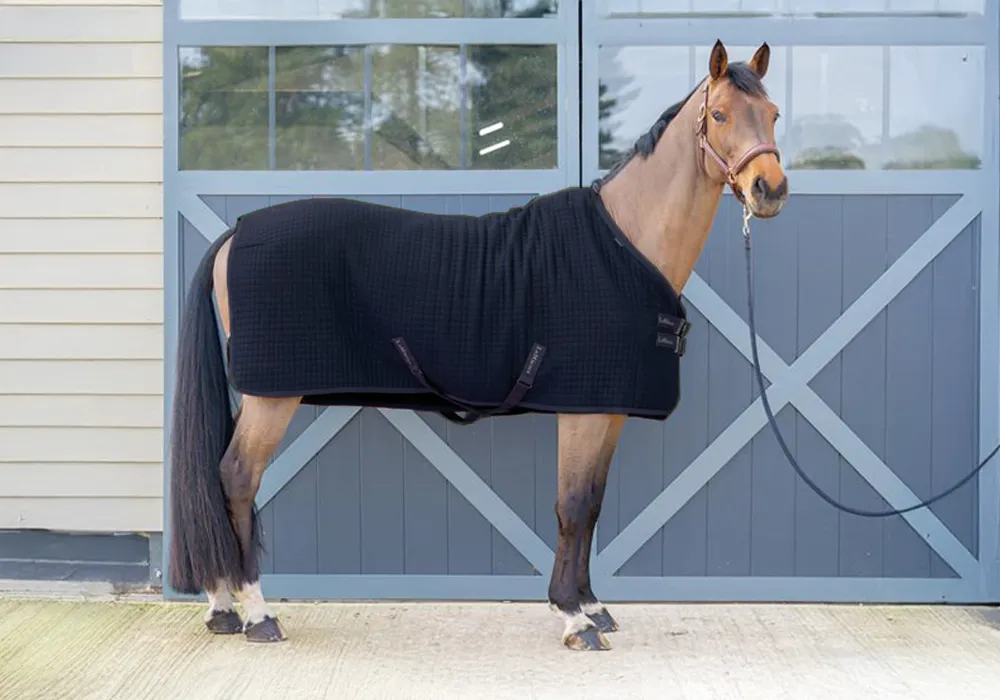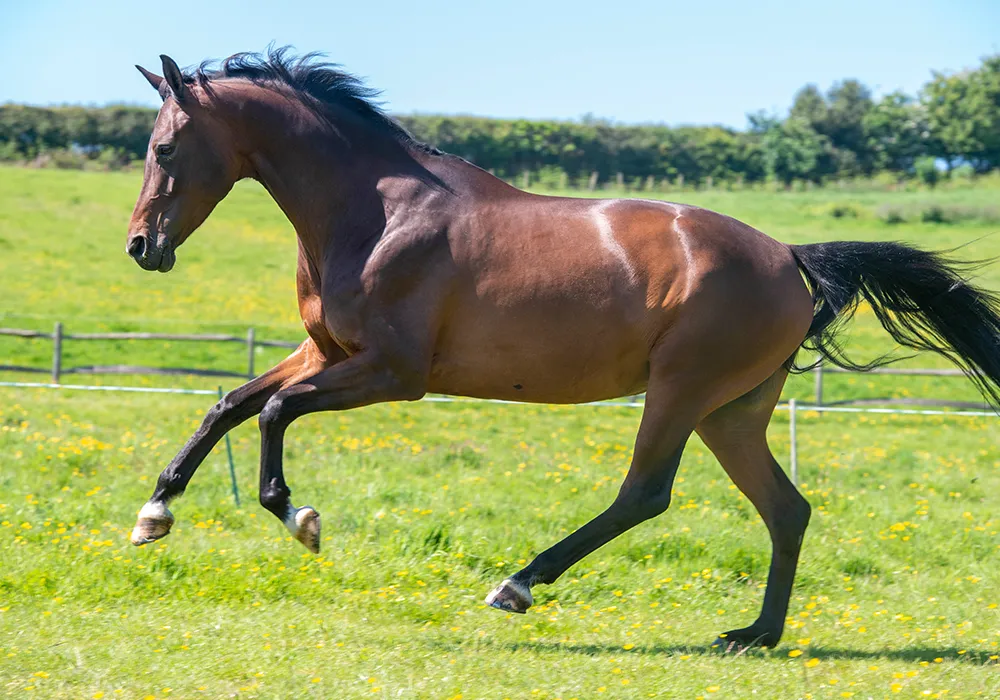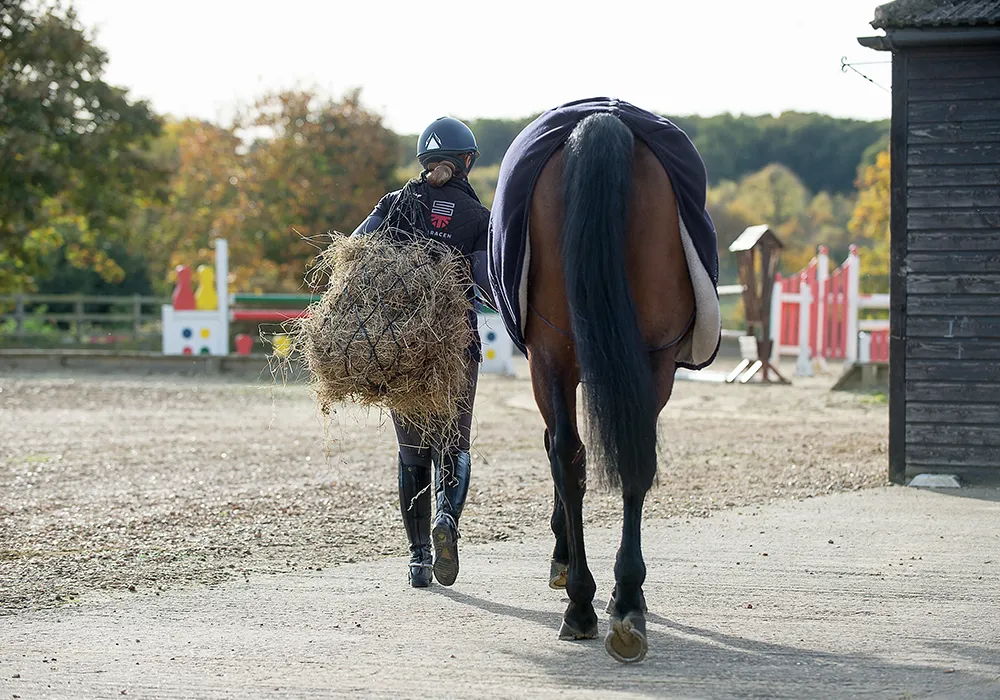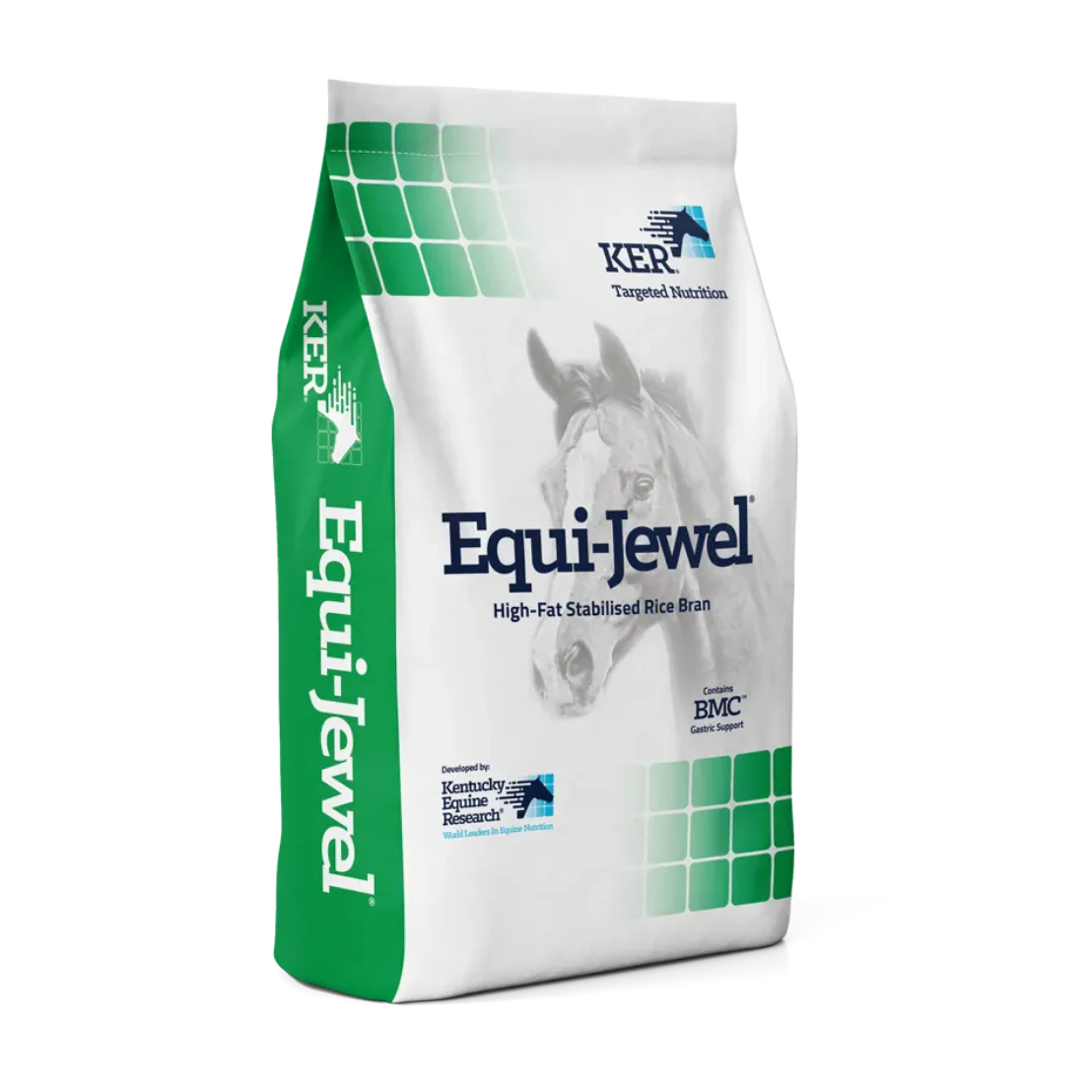Managing the Poor Doer Horses

Does your horse need a bit more to hold his condition than others? Then he might be a poor doer. These horses are the ones who lose weight easily and need extra calories to stay in good shape. Whether it’s a senior horse needing more coverage to get through winter, or a naturally fussy eater, there are plenty of reasons why your horse may struggle to maintain condition.
The good news is there are ways to manage a poor doers diet to help him thrive. By focusing on high-quality hay and haylage, as well as choosing the right weight gain or conditioning diet, you can help your horse stay at an optimal condition, year-round. Let’s take a closer look.
Forage for Poor Doers
When it comes to keeping a poor doer in good nick, forage – that’s hay, haylage, and grass – should always form the foundation of their diet. All horses should have it ad-lib if possible, but for those that need to put on a bit of weight, it’s even more important that they’re good quality forage in the right amounts.
A handy rule of thumb for a poor doer diet is:
- 2 – 2.5% of the horse’s bodyweight in forage per day
- Never less than 1.5%
Getting the Most from Hay and Haylage
Forage isn’t just filler – it keeps your horse’s digestive system ticking over nicely. It’s fermented in the hindgut by millions of fibre-digesting microflora, and their health depends entirely on the quality of the feed. Plenty of top-notch hay and haylage will keep these microflora thriving, which in turn helps your horse gain and maintain a healthy condition.
Think of fermentation as your horse’s own internal central heating system – it generates heat, so your horse isn’t burning through valuable energy just to stay warm.
Our advice: Haylage needs to be fed a bit more generously than hay on a weight-for-weight basis because it’s higher in water and lower in fibre. So, for every 1kg of hay, you’ll need 1.4kg of haylage. For a 500kg horse, that’s at least 7.5kg of hay or 10.5kg of haylage.
Want to go deeper into the role of forage in a horse’s diet? Check out our dedicated blog here. (link)
Adding a Conditioning Feed
Some poor doers struggle to hold weight, no matter how good the forage. That’s where a carefully formulated weight gain feed comes in, working alongside their hay and haylage to help them stay in tip-top condition.
Conditioning feeds are designed to promote weight gain with a higher digestible energy value. They won’t suit every horse, but they could be just what your horse needs if:
- forage alone isn’t enough to maintain body condition
- increasing feed quantity could upset their digestion
- more energy is required for work, and the horse isn’t overweight
Choosing a Conditioning Feed
If you think your horse would benefit from a conditioning feed in their bucket, there are a few things to consider. Primarily: age, workload, and temperament.
For example, some feeds have higher amounts of micronised cereals and starch, which is excellent for packing on the pounds. Feeds like CONDITION-IMPROVER MIX are ideal for horses who are more laid back personalities and need a bit more instant energy in their diet.
But while this fast-release energy is great for placid horses, it’s not ideal for excitable horse, or those prone to digestive, metabolic or muscle issues.
For these types of poor doers, look instead for feeds with:
- High levels of ‘Super-Fibres’ such as sugar beet, alfalfa and soya hulls
- Plenty of oil
- Lower starch levels
A solid choice for adding calories without over-exciting your horse is RE-LEVE®-MIX, a low-starch weight gain feed with cereal grains. Another great option is CONDITION IMPROVER CUBES, which skip whole oats or barley, making them perfect for horses that can get excitable on traditional conditioning feeds.
Top Tip: Check the ingredients list on the bag or stitched-in label. If cereals appear in the first few ingredients, the feed is higher in starch. A lower-starch feed will help keep your horse calm while still supporting weight gain.
Should I Feed Oil?
Feeding oil is a popular and effective way to add extra calories to your poor doers diet, without stuffing his bucket to the brim. Oil packs 2.5 times more calories than cereals, so it’s ideal for horses that:
- Need a low starch horse feed
- Suffer from digestive issues
- Have a metabolic disorder
- Deal with muscle myopathies
- Are naturally excitable
That said, you need to feed a fair amount to see a difference – generally 250ml to 1 litre per day. A mere splash won’t cut it if you’re trying to help a poor doers put on weight.
One thing to be aware of: as oil is digested, it can produce free radicals that, in excess, may damage healthy cells. That’s why antioxidants like vitamin E should be added – roughly 100iu for every 100ml of liquid oil.
Did You Know?
There’s an easier, safer way to boost calories with oil: high-fat supplements like EQUI-JEWEL®. These are pre-supplemented with antioxidants, making them kinder to your horse’s system, more palatable and simpler to feed than straight liquid oil. Perfect for supporting a poor doers diet without upsetting their digestion.
Feeding Poor Doer Horses
Managing a poor doer doesn’t have to be a headache. With a strong foundation of hay and haylage, the right weight gain feed, and careful use of low starch feed or oil supplements, you can help your horse maintain condition, stay healthy and feel content.
Remember, every horse is different – their age, temperament and workload all play a part in what works best. Keep an eye on their body condition, adjust feeds gradually and don’t be afraid to seek expert advice if you need it.
Want To Learn More?
Need expert advice on your horse’s feeding regime? Just complete our simple and free Feed Advice form. Or, if you’d prefer to speak to one of our qualified nutritionists for some immediate advice, please call our feed advice line on 01622 718 487.
Poor Doer Diet FAQs
What’s the best horse feed for muscle gain?
For muscle development, a high-quality weight gain feed with a good level of protein is key. Saracen’s CONDITION-IMPROVER MIX provides highly digestible Super-Fibres, oil and protein to support muscle repair and tone while helping poor doer horses maintain condition. Pair with plenty of hay and haylage and a tailored exercise plan for best results.
Is sugar beet a good option for poor doers?
Yes. Sugar beet is a high-fibre, digestible option ideal for poor doer horses. It provides energy without spiking starch levels, helping horses gain weight safely. Feeds like Saracen’s RE-LEVE®-MIX include sugar beet alongside oils and low-starch ingredients, perfect for excitable or sensitive horses.
What feed keeps horses warm in winter?
High-quality forage, particularly hay or haylage, is your horse’s natural central heating system. Fermentation in the hindgut produces heat, so always offer it ad-lib. For extra calories, a low-starch weight gain feed like RE-LEVE®-MIX or CONDITION-IMPROVER MIX adds energy without over-exciting the horse.
What is the best food for older horses?
Older horses often need easily digestible fibre and extra calories. A combination of good-quality hay or haylage. with a low-starch, high-fat weight gain feed like CONDITION IMPROVER CUBES and VETERAN MASH and VETERAN MIX supports weight, condition and digestion while being gentle on the gut.
Further Reading
- Choosing the best forage for your horse
- Forage analysis explained
- Feeding for metabolic conditions
Need Guidance?
If you would like any further information on feeding your horse or pony please feel free to contact our nutritional team on +44 (0)1622 718 487, email info@saracenhorsefeeds.co.uk or fill out our Feed Advice Form.











